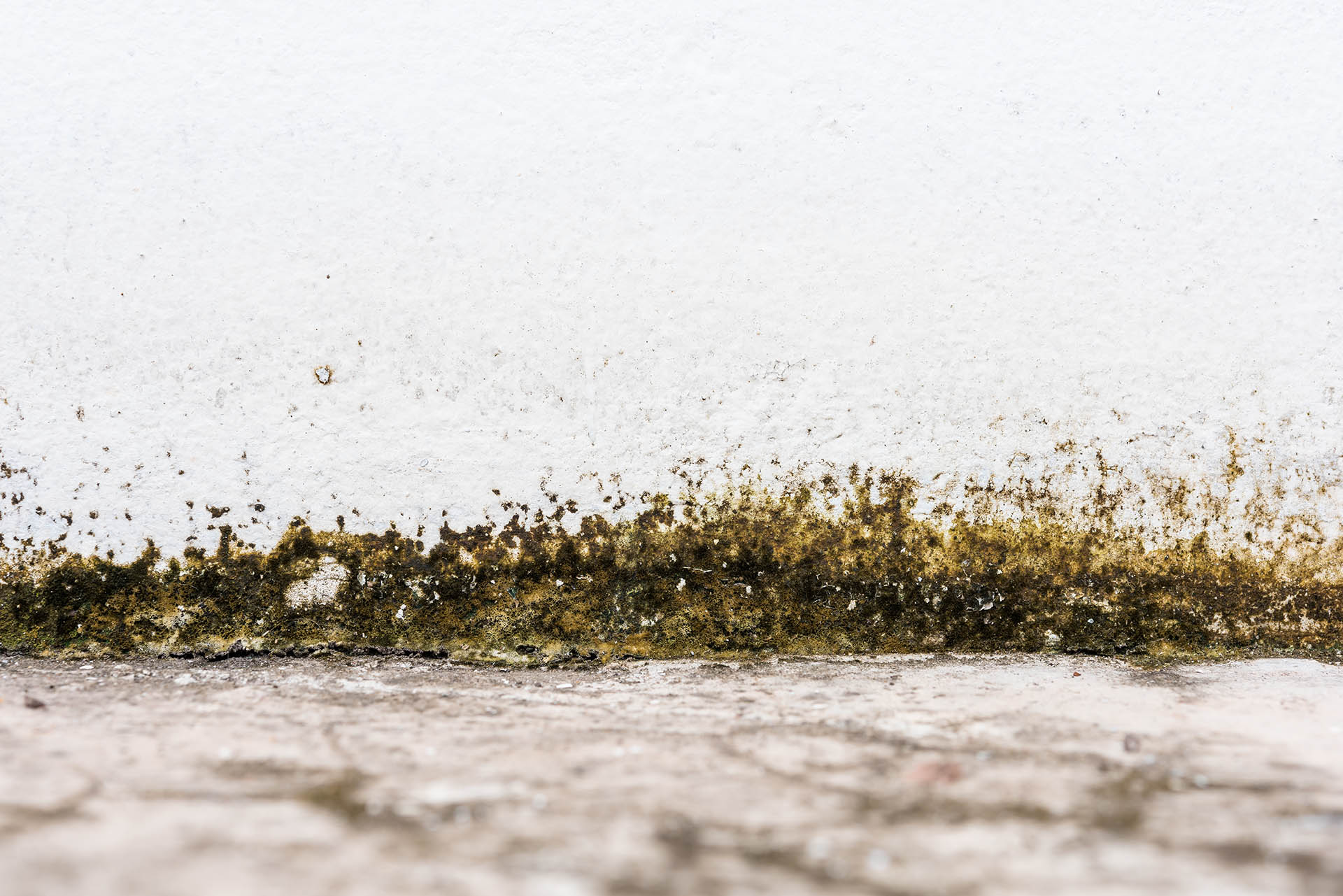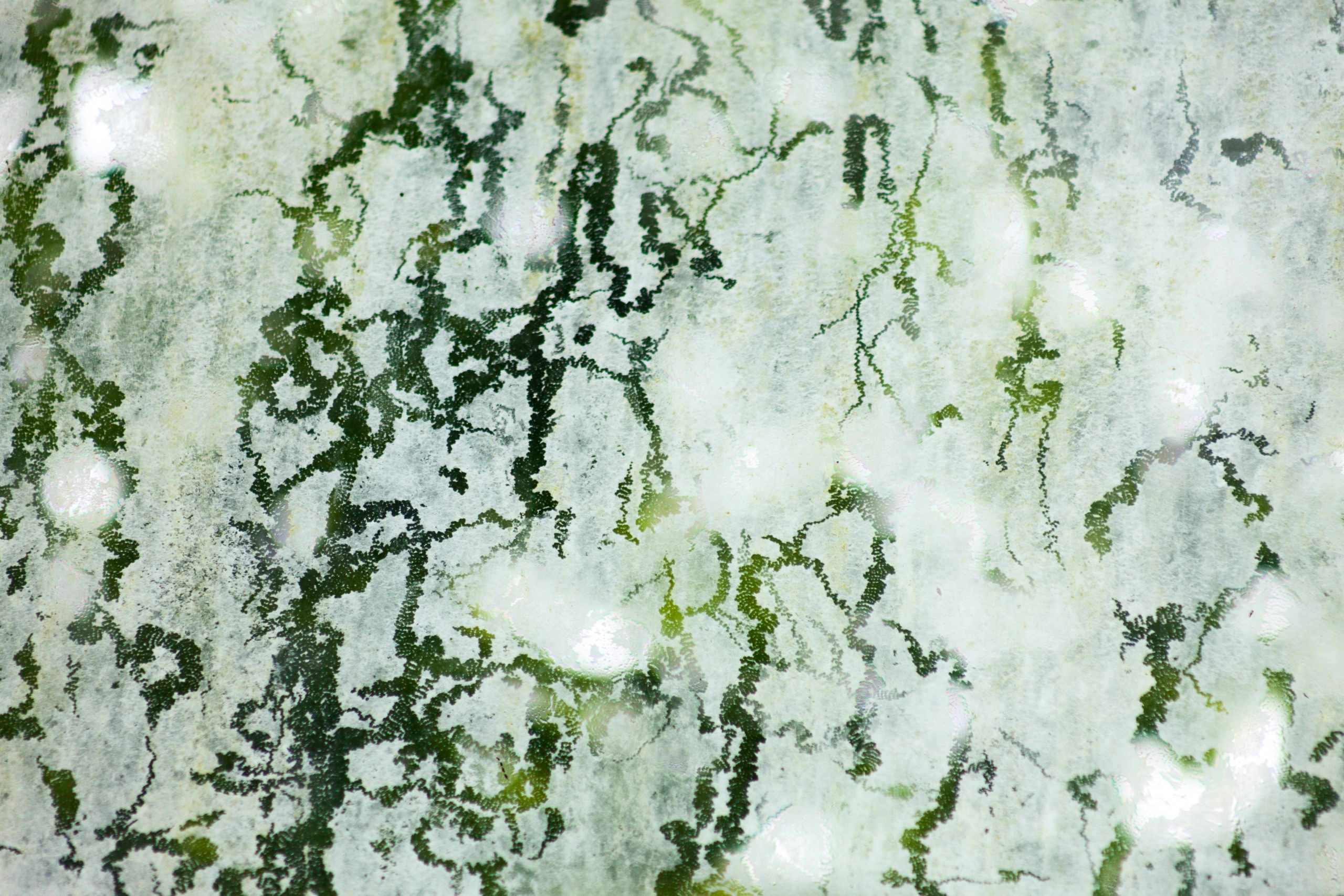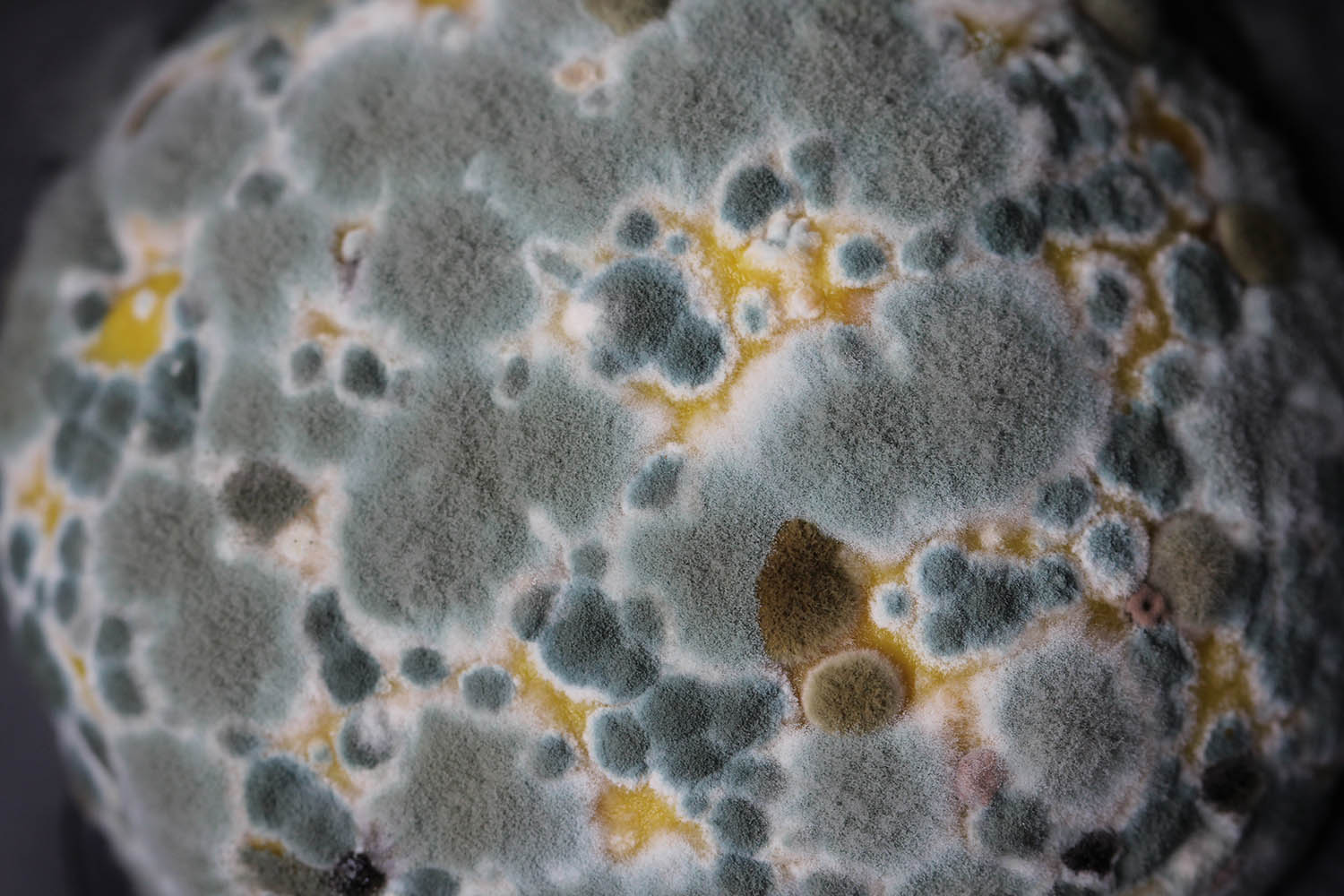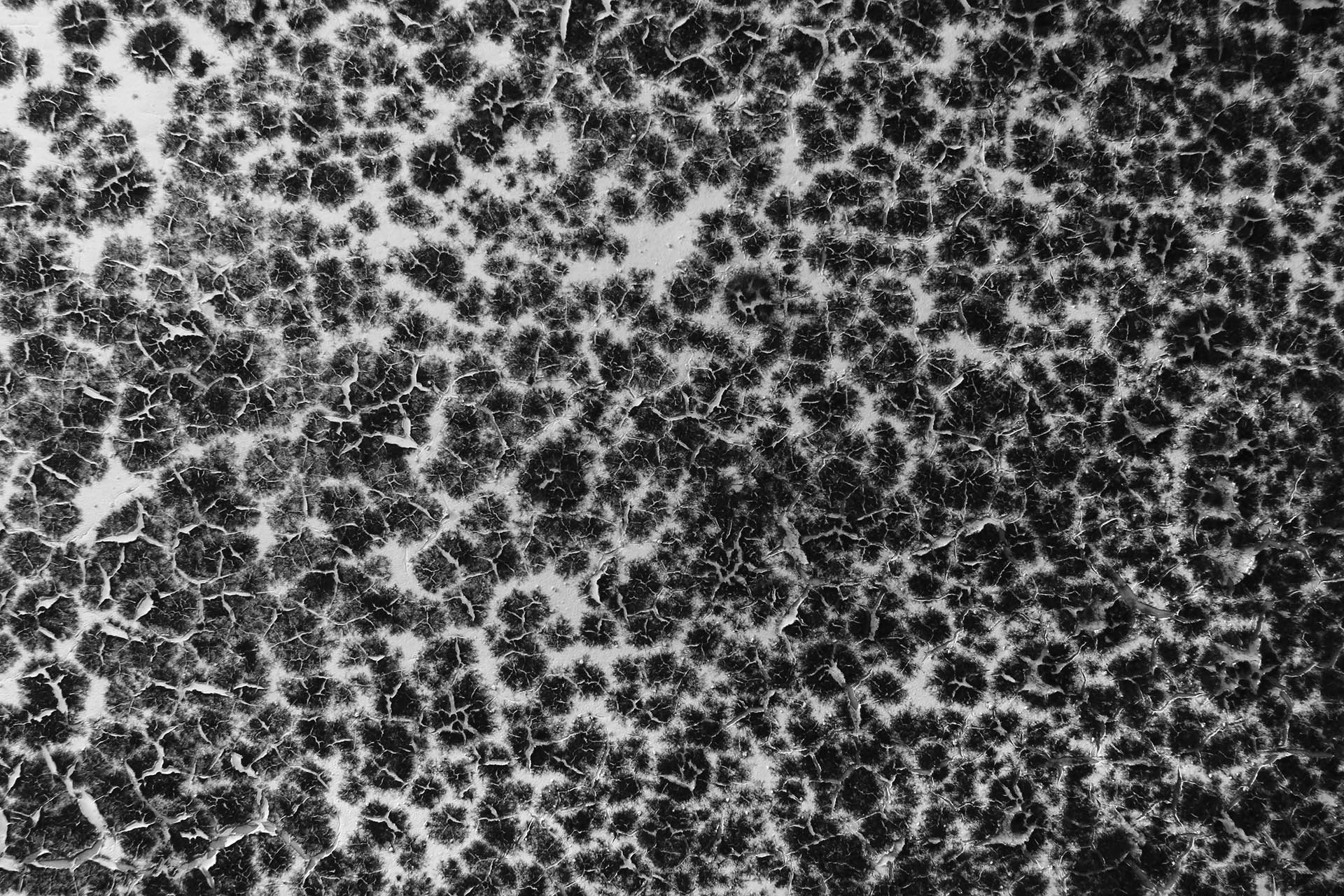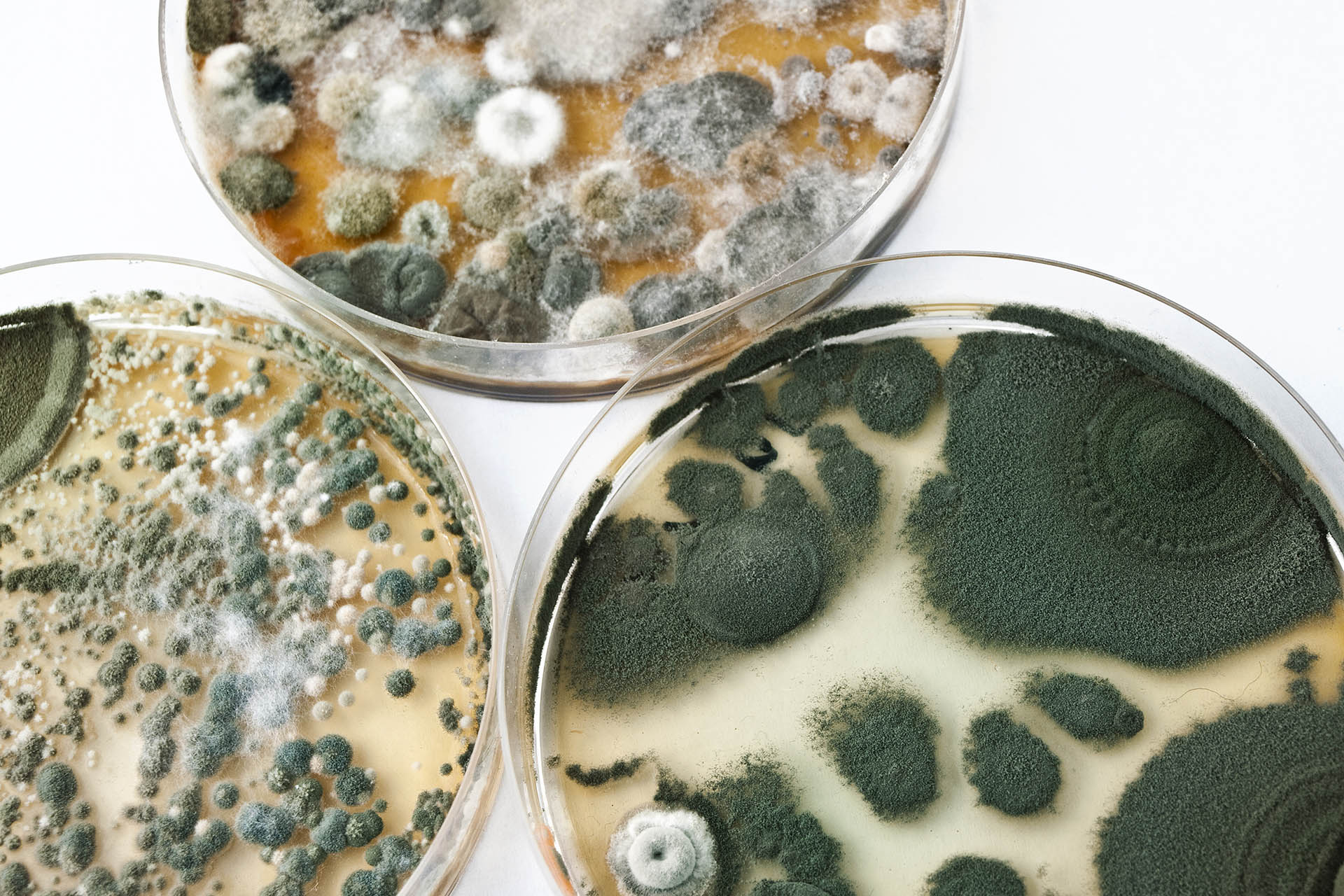Mold is everywhere. Its spores float around unseen, entering our homes through windows, doors and ventilation systems. They often look for warm, moist places to settle in. Mold needs moisture, so you’ll need to make your home less hospitable to mold. Here are some great strategies for reducing moisture within your home.
Reduce Humidity
Keep the indoor humidity between 30 and 60 percent. A humidity meter (hygrometer), around $10 at your hardware store, will gauge that for you. If you see condensation on your windows, pipes or walls, your home may be too humid.
A whole-house dehumidifier can be installed in either a new or existing home. It draws the warm, moist air into the ducts; cools it; removes the moisture; and returns the dry air at the temperature of the room.
Something as simple as changing your AC/Heating filters regularly helps keeps humidity down.
Increase Air Flow
Without adequate air flow, excess moisture may accumulate on your walls, windows and floors. Let fresh air in and ward off the mold. Open exterior doors and interior doors between rooms. Open windows, weather permitting, particularly while you cook, wash dishes, do laundry or shower, or run an exhaust fan. Exhaust fans also circulate the air and remove moisture from the basement and crawl spaces. Vent moisture-producing appliances (e.g., clothes dryers, stoves) to the outside (not to the attic).
Dry It All Up
Mold can develop in 24-48 hours. Nothing is so small or inconsequential that it’s okay to let it stay wet. Dry up any water immediately (or as close to immediately as may be reasonably possible) in your basement after a heavy rain, around a leaky pipe, even a simple spill on a carpet. Dry the floor and walls after a shower and do not leave those wet towels on the floor. Don’t leave wet clothes in the washing machine. Take water-damaged carpets, bedding, furniture, etc. outside to dry out. Or get rid of them if they are beyond help.
Use Mold Resistant Products
When you are building a new home or renovating your current one, use mold resistant products when available. Mold-resistant drywall has a core made of gypsum (not paper) That is covered in fiberglass and, therefore, highly water-resistant. Mold-resistant paint contains antimicrobial properties that ward off mold.
Note: The paint cannot be used on existing mold, and there is no guarantee against future mold.
“Search” House Plants
Mold often stows away on house plants to get into your home—it loves that moist soil and decaying plants. If you find mold, you don’t have to throw out the plant with the mold. There are many remedies that will get rid of the mold but not harm your plant.
With regular inspections and upkeep, you can avoid problems caused by moisture and mold. You can also avoid expensive costs associated with the remediation of damaged materials and mold.
